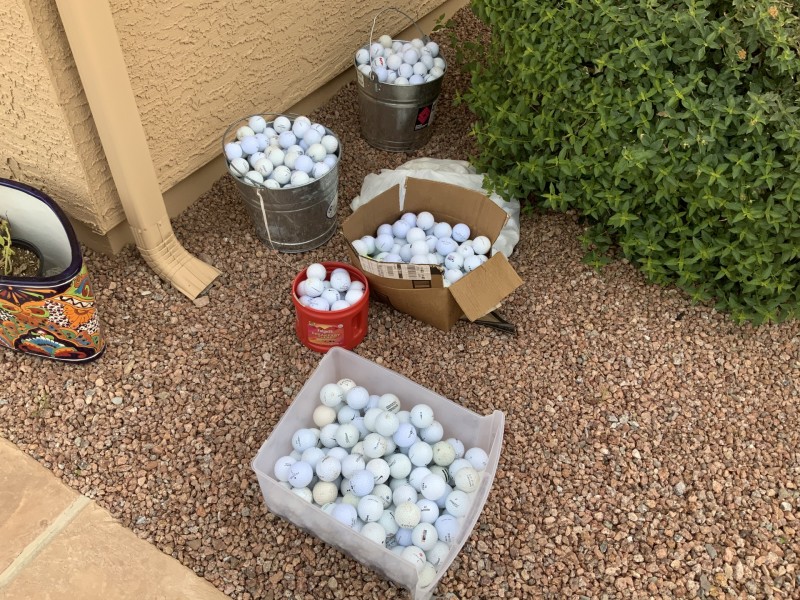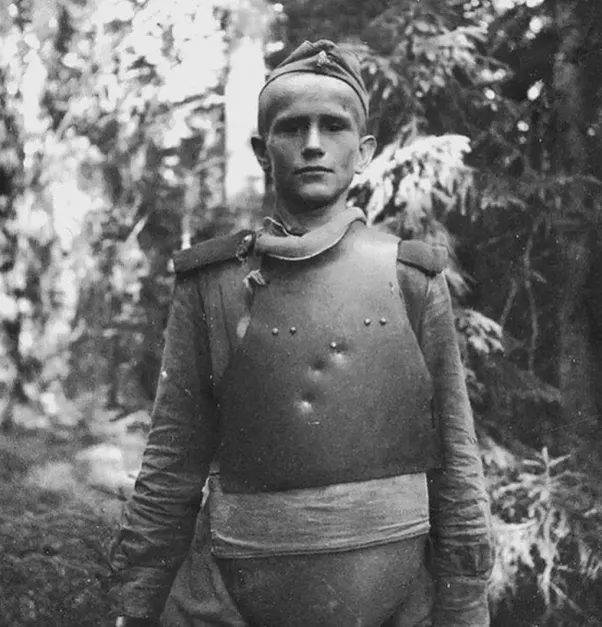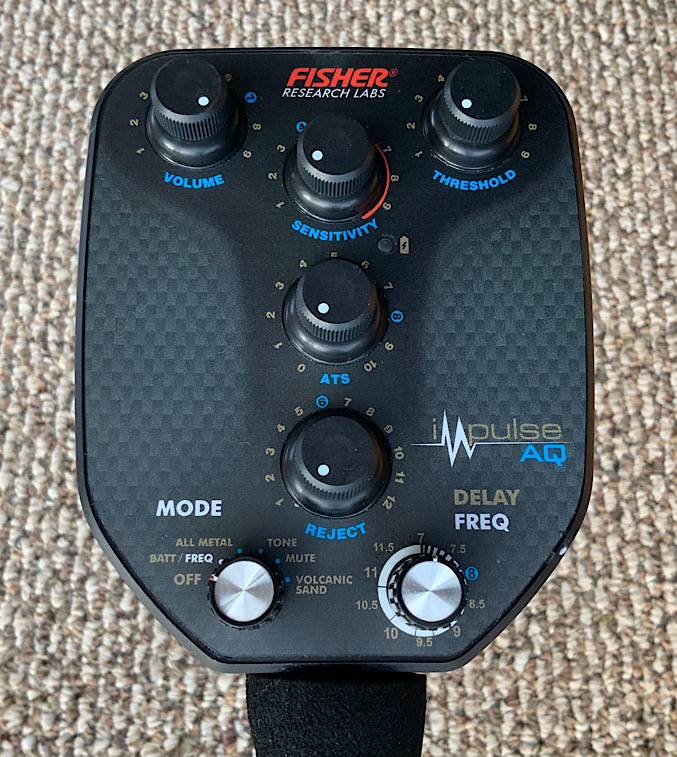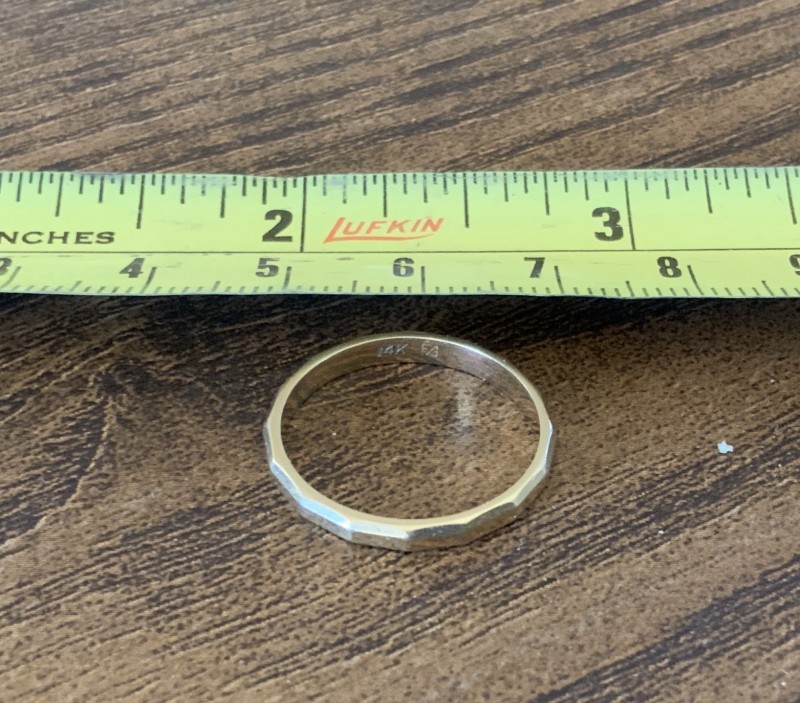-
Posts
1,072 -
Joined
-
Last visited
Content Type
Forums
Detector Prospector Home
Detector Database
Downloads
Everything posted by Rick K - First Member
-
“Look ‘Ma - no holes!!!” Seriously, this “bending” of the time domain curve is new and seriously useful for beach hunting for gold! Also - note very carefully - Alexandre’s illustration above is not theoretical - he has verified the data he presents with the actual targets he has illustrated in the picture.
-
Steve, I will leave it to Alexandre or LE.JAG to post something authoritative based on insight into the design (Alexandre) or long experience with a whole series of successive Manta/AQ prototypes (LE.JAG). But meanwhile - I think you have pretty much nailed it. My brief acquaintance with the AQ led me to test it on “tiny gold” - pretty much nothing. I asked Alexandre about that and said that it was “a feature - not a bug” (not in those words however) - that finding tiny bits of foil everywhere was too high a price to pay for an occasional tiny bit of gold. It isn’t a general purpose tool - the design has a very sharp focus on one job - valuable gold jewelry at salt beaches.
-

Any Texas Gulf Beach Hunters Here?
Rick K - First Member replied to Dan(NM)'s topic in Metal Detecting For Jewelry
When we lived in VA for a couple of years around 2010, besides having the chance to do a good bit of beach detecting at Virginia Beach, we visited the Mainer’s museum in Newport News. We turned up for one of the weekly free tours and as it ended, I mentioned to the researcher who led the tour that I was impressed with the USS Monitor relics and how I had worked at TARL for Donny Hamilton. Hey face lit up and she explained how Dr. Hamilton was her PhD thesis advisor and what a great guy he is (true, by the way). She asked if we would like to visit the working area in the labs and, of course we did. We were especially lucky because the Monitor’s turret, which lives submerged in a huge tank, was sitting there dry in the empty tank due to some or other need to get at it directly - so we would see every detail quite clearly. -

Any Texas Gulf Beach Hunters Here?
Rick K - First Member replied to Dan(NM)'s topic in Metal Detecting For Jewelry
I worked part-time at the Texas Archaeological Research Labs in Austin in the ‘70’s. We had a separate lab for conservation and documentation of the seized artifacts. Donny Hamilton was the lab director. Donny later went on to become the Director of the Nautical Archaeology Department at Texas A&M. The techniques collected from various sources as well as the techniques developed by the lab at UT in Austin became by 1999 THE BOOK on the subject. Here’s a link to it. https://nautarch.tamu.edu/CRL/conservationmanual/ConservationManual.pdf -
The AQ is NOT a competitor to the SDC. It is not optimized for searching for gold nuggets in highly variable mineralization ground. Having said that, it will kick the SDC’s butt at finding gold jewelry at salt beaches - or my name is. Not Wolf J. Flywheel. seriously - horses for courses, SDC for small nuggets in the goldfields - AQ for gold jewelry at the beach - no contest either way. However, when the “Terra” (almost certainly having another “Fisher” name) appears, then the SDC will have to face some new competition. If it doesn’t let kick SDC’s butt, on ALL gold, I will buy the first “claimchowder” claimant a good Mexican lunch at my favorite place in Globe, Arizona (to and from transportation from Gold Canyon AZ included) https://www.onlyinyourstate.com/arizona/az-mexican-food-globe/ My favorite is La Casita - started in ‘47 - same as me!
-
The AQ uses the same basic electronic tools and realities of physics, but the two channels are handled somewhat differently to favor the largest range of gold jewelry while ignoring tiny low conductors and pushing the cut-off point for iron and high conductors high enough to allow detection of even some 24kt gold jewelry while using tone or mute discrimination. I am not capable of explaining how this is done because even though it has been explained to me, I don’t have the necessary background in electronic and physics to grasp the details. Even if I did, It may be that going into the deep level of detail on this would be dealing with trade secrets. Bottom line, the various explanations Steve have given all end up with the same caution - namely that whatever discrimination any PI analogue detector can do is way different from a modern VLF GB/ID detector’s discrimination.
-
There wasn’t much to the unboxing - pull out the inner sleeve from the plain brown cardboard box and unroll it - viola. I have posted pictures of the result. A video would add nothing and with the primitive state of my understanding of editing video would take me hours which I can’t spare right now. Sorry. In general, I don’t plan to make any videos until I am thoroughly comfortable with the AQ and can adequately demonstrate its capabilities and limitations.
-
LE.JAG took it directly, but I must admit, as I re-read Steve’s piece about how the GPZ found large nuggets which previously excellent machines such as the GPX5000 didn’t find. It may well be that an even more powerful machine could find not only deeper large nuggets but nuggets of all sizes due to it’s ability to see through respectable amounts of ferrous trash. Most of the known alluvial gold deposits were worked intensively in the 1800’s in North America and iron junk is widespread. We’ll see.
-
According the most experienced manta/AQ user of them all, LE.JAG, the eep old stuff is found on hard pan where it can’t sink further. When this is at the limits of detection, than all metal, working deliberately and using the powerful and low noise circuitry to give you a return from targets no other detector can reach.
-
OK, first the easy ones. Here’s a pic Fisher Impulse AQ controls Volume,Threshold and Sensitivity work pretty much like any other metal detector. Note however that this thing has the smoothest threshold I have ever encountered in a PI and that included a TDI with Reg’s mods (I have never used a GPX 5000 so cannot compare there)> ATS is Fisher terminology for SAT (self adjusting threshold) Lower settings provide more sensitivity to weak signals but require slower swings. Reject is a control which increases the effect of iron ID in the ID modes of Tone, Mute and Volcanic Sand (more on them later). As you increase this control progressively larger/higher conductivity targets - which have a longer time constant are either muted or give a low tone. The Mode control has the control choices that it is labeled with. The Battery position activates the led to the right of the sensitivity and ATS controls. This position also activates the Frequency shift function. With the Mode in Barr/Freq, the Delay/Freq control selects a range of frequencies. to minimize EMI, you would hold the rod horizontal so that the coil is facing the horizon. A sweep while trying the various positions of the Freq control knob will minimize EMI. More on the Delay/Freq control below! The All Metal mode is the deepest seeking mode with the smoothest threshold. All targets give the same high tone, LE.JAG hunts in this mode by preference and with the ATS set low, listens for faint wavers in the extremely smooth threshold. Although this is an all metal mode, ferrous and especially non-round ferrous targets are usually identifiable by swinging over them at the limits of detection for that target - this will usually cause them to give a double tone. The Tone mode causes (depending on the adjustment of the reject knob) progressively longer persisting signals (iron and high conductors) to give a low tone while shorter persisting low conductors give a high tone. Interestingly enough, the two tones have a range of pitches depending on the strength of the signal. I have to admit that my brief time with AQ prototypes never caused me to discover this for myself - but again, I have a tin ear. The Mute mode depends for its effect in the same manner as the tone mode. ID’d targets signals are completely or mostly muted. The Volcanic Sand mode is for really tough mineralization - the kind that makes a gold ring on the surface invisible to any VLF including multifreakers. It’s use combines with increased minimum pulse delay and increased ATS. The best thing about all the ID modes is that signals from “non excluded” targets still ring out full with their high tone signal - as if the iron, etc, just disappears Now back to the Delay/Freq knob. It has no stop, you can spin it endlessly. As previously described, when the Mode knob is in the Batt/Freq position it varies the frequency. As soon as you switch the mode knob to all metal, tone, mute or vacancies sand however, it controls the minimum pulse delay in microseconds. Some care is required here. If you adjust the frequency with the mode knob in the batt/freq position, then move the mode knob to any of the operating modes, the minimum pulse delay will be whatever delay is shown on the Delay dial. If, for example you had EMI bothering your threshold and did the freq adjust as described above - and say, you ended up in the “11” position with the knob - when you switch the Mode knob back to an operating mode, your pulse delay would be 11 microseconds - probably not what you want. About pulse delay. The Delay knob controls the time delay between the abrupt cut-off of the powerful current in the coil and the taking of the first sample of the return signals as the exponential decay of the return signal is occurring. Short pulse delays mean sampling higher up on the decay curve. The minimum pulse delay gives the greatest signal strength. This does at least two things. Targets which give weak returns due to their size, shape or conductivity are more detectable because their signal is still relatively strong because the sample is taken quicker after pulse cut-off. Also, however, ALL signals are stronger, so, for example, a 2 gram ladies ring might be detectable at 14 inches with a 7 microsecond pulse delay, it might only be detectable at a shallower depth - say, for example 10 inches with a pulse delay of 10 microseconds. This increase in depth on all targets is often not appreciated when short minimum pulse delays are discussed. It is not always possible due to conditions to use the shortest pulse delay - rapidly changing mineralization, highly ferrous and even magnetic black sand, etc may require use of longer pulse delays for smooth operation. I’ll leave at that for now. Edit/Addition - Note on coil connector false signals
-
I had a long conversation with the designer, Alexandre yesterday which began with him taking me through all the controls and then running a series of tests to verify that the machine I OWN is within specs. It is. We then “qualified” a 2.5 gram 14k thin ladies ring as my standard test target which I will use along with a US 5 cent piece and other targets in my investigations.
-
Fun on other forums.... After beating me up for being unworthy of receiving the “gift of the Magi” in the form of an AQ, a poster on another forum changed his tune. I answered his objections as best I could, then he asked if, since the AQ was now my property, I would sell it to a Fisher compeditor for a pile of loot. This was my answer: BB - you “interest me strangely.” To your question of encumbrances - Tim made it clear that as a legitimate purchaser, paid for with my own money - it was my property to dispose of or use as I wish. Actually Tim Mallory told me that they were offered many tens of thousands of $ to sell one to a serious treasure hunter if they would let him have it exclusively for X months. If you are concerned at the lack of details in the above sentence, I can only say that it ain’t BS, but it was a phone conversation and at 73 my memory isn’t a great as the “lousy” it once was. Now Tim, of course, turned them down. For the simple reason that they hope to make much more selling thousands of them per year (or maybe more) for years. Absent an actual offer from some benefactor for by my machine, I would have the same problem. As a dealer for the AQ and for the much bigger market represented by the follow on gold machine - not to mention the later relic machine all on the same platform, I stand to do better than any likely offer - and if it were a competitor who made the offer, I would refuse for the same reason that I refused endless offers of “sweetners” in my 19 years in Arabia in Contracts, Subcontracting and Purchasing - because I respect the trust others put in me - and the case of foreign agencies - the “fangs” of the US Foreign Corrupt Practices Act - FCPA - not a road anyone wants to go down. Rick Kempf Gold Canyon AZ- where there is no gold
-
Clive has written a book on every serious detector since the Pharoh’s favorite forked stick for finding gold. I have bought several of them and they are clearly useful. I hope and expect that he gets his hands on one early and gets busy. Of course there may be others who think this would be fertile ground to ploughing.
-
Tony - I think it will beat the TDIBH but we must wait for side-by-side testing by users - the ground truth. Alexandre and his team have already done all this but - like I said - wait for the users to report. About your grandmother - how old is she - got any recent photos - I live in “Snow Bird Central” - maybe a local Craigslist her would do? Iol
-
No coil cover. No users manual. I will be one of the folks cooperating to get that finished. With the latest issue of EU certification of all materials, I don’t expect a January release and if I had to bet, I wouldn't bet on February either. I have no real insight however. Alexandre in a Skype call today suggested I set up a youtube channel and do a proper intro for it, so the unboxing video will probably have to wait.










